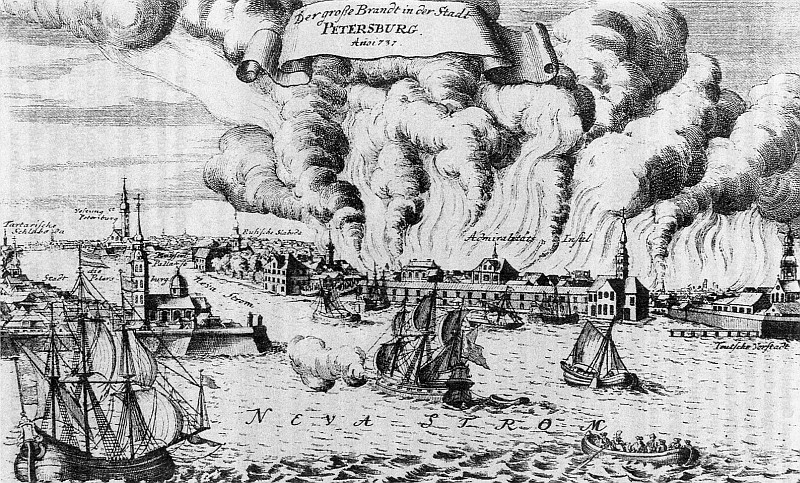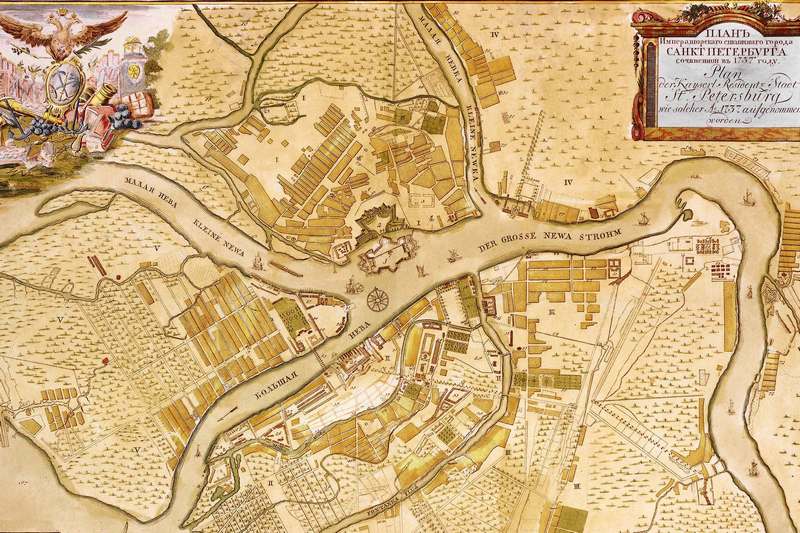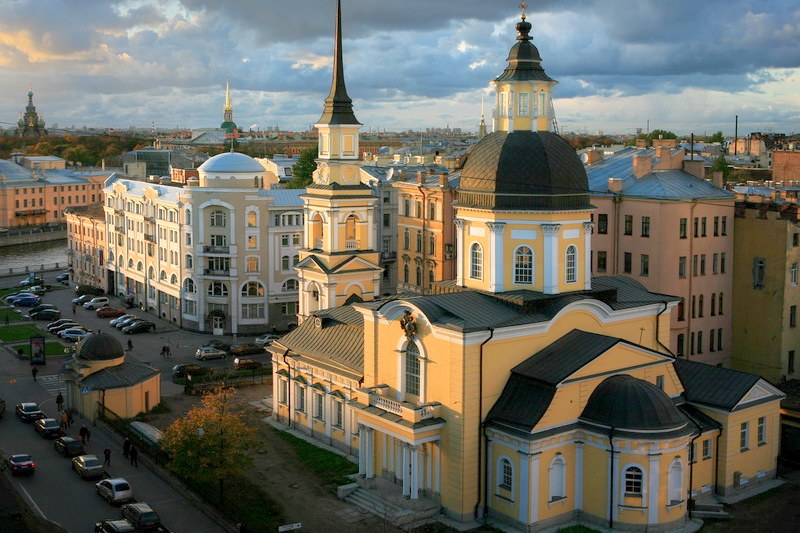St. Petersburg in the era of Anna Ioannovna (1730-1740)
It would be difficult to overestimate the significance of the decade of Anna's rule. She returned the capital to Petersburg from Moscow and the triumphal entry of her court into the city was long remembered by residents. The Empress returned "absolute" status to the monarchy, pointedly rejecting the "Conditions" which the nobles had required of her when they offered her the throne, and she began to exert more influence on the appearance of her capital.

Anna's reign had a significant impact on the layout and planning of several regions and neighborhoods in St. Petersburg. During her rule, the St. Petersburg Construction Committee was established, and the work of the architect Peter Yeropkin played a decisive role in the implementation of modern planning and construction in the city's center (Yeropkin himself was later executed for supposedly plotting against the Empress in conspiracy with Artemiy Volinskiy). Under Anna, palaces and churches were built, and landscaping and beautification projects were implemented. For the first time, the city was divided into administrative districts. The first wooden water pipes were laid (from the Ligovsky Canal to the Moskovsky region). Although not many buildings from Anna's time have not survived, and many that have survived have since been remodelled, we are still able to admire, for example, the Church of Ss. Simeon and Anna on the Fontanka River.

Anna's one-story wooden Summer Palace, designed by the architect Francesco Bartolomeo Rastrelli, was located near the Summer Garden. Every year, from May to September, the Empress would relocate here from the Winter Palace. She made the short journey along the Neva from the one residence to the other, accompanied by a canon salute, in a gilded sixteen-oared yacht that was decorated with green velvet. The palace stood at the very edge of the river, and leaving through the door of her residence, the Empress came immediately to the dock and could take her place in one of four yachts that were moored there. The palace contained twenty-eight rooms, ten of which were occupied by her favorite, Duke von Biron. The palace has not survived: it was disassembled and used to extend Catherine I's former palace in Ekateringof.

The waters of the Neva River, usually covered with ice from November to March, remind us of the "Ice House", a complex of exquisite buildings, carved from blocks of ice and constructed in 1740 for the "amusing wedding" of two of Anna's court jesters. The ice melted in the spring but the memory of this unusual construction is preserved in books and illustrations, and in the memories of the people to this very day.

